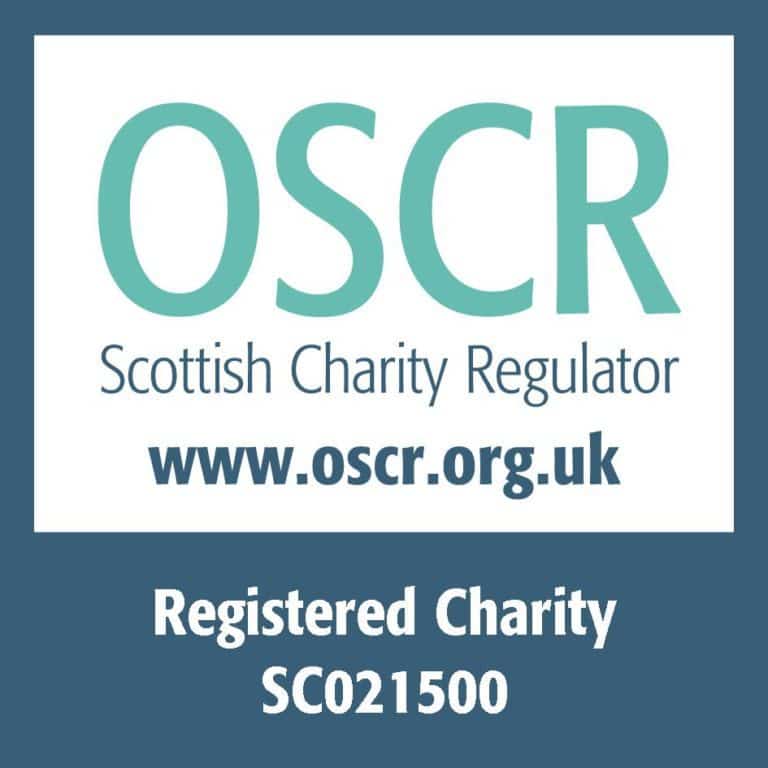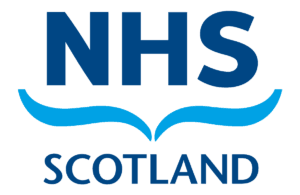Synthetic Cannabinoids
All drug use has risks. This page is for information only and does not constitute or replace medical advice. If you have medical concerns about your drug use, please speak to a medical professional.
Download Synthetic Cannabinoids resource
Synthetic cannabinoids are chemicals which target cannabinoid receptors in the brain and many brands contain a blend of more than one cannabinoid. Common cannabinoids include 5F-ADB, AMB-FUBINACA and MDMB-CHMICA.
Other names
Spice or brand names such as Kronic, Mamba, Clockwork Orange, Exodus and Annihilation.
Drugs Wheel Category
Cannabinoids
Legality
Misuse of Drugs Act (1971) – Class B.
First, second and third generation cannabinoids are controlled by the Misuse of Drugs Act 1971 as Class B. Some newer ones are not controlled by the MoDA but are covered by the Psychoactive Substances Act 2016.
Penalties for possession are up to five years in prison and/or an unlimited fine. Penalties for supply are up to 14 years in prison and/or an unlimited fine.
How it’s taken
They are usually smoked with tobacco or other herbs in a joint or a bong.
Dose
Dependant on purity and on the type taken but they are much stronger than cannabis and a pinch is usually more than enough.
General information on dosing.
Effects
The effects of synthetic cannabinoids are wide ranging and are more exaggerated and unpredictable than cannabis. People taking them can experience an intense but short lived high, enhanced sensations, feelings of heaviness and nausea as well as anxiety, paranoia, heart palpitations and strong cravings to redose.
Risks
People have also reported an increase in severe mental health issues when using these drugs including ‘detachment from reality’, suicidal thoughts and depression. Physical withdrawal symptoms include seizures, shakes, sweating and insomnia. Psychological withdrawal symptoms can include depression, anxiety, paranoia and aggression.
Harm reduction
If you choose to take Synthetic Cannabinoids then the following steps can help to reduce harm.
If you choose to take cannabis then the following steps can help to reduce harm.
- Wash your hands for at least 20 seconds with soap and water before handling or preparing drugs.
- Wipe down the baggies or other packaging.
- Clean all surfaces and equipment regularly including lighters, grinders, vapes or bongs.
- Avoid sharing drugs from the same baggie or packet.
- Spend at least two hours researching the drug you are planning to take.
- Avoid taking drugs alone and have a ‘sober’ friend around if possible.
- Test the drug. If you don’t have access to a drug checking service, reagent testing kits are available online and can give a greater understanding of what the drug contains, but they may not be suitable for identifying newer compounds or adulterants and can tell you nothing about purity or strength.
- Plan your doses and use a watch or timer to keep track of how frequently you are dosing.
- If you are buying multiple grams at a time, split the drug into smaller bags to help keep track of your use and control how much you are taking.
- Use scales to measure the dose – you can’t judge an accurate dose just by looking. Start with a small dose and go slow! Remember, that the more of a drug you take, the riskier it is and the more likely you are to experience negative effects.
- Grind or crush substances down as fine as possible before use. This makes it easier to manage doses.
- Only carry what you plan on taking. If you have a couple of grams in your pocket it is easy to take more than you anticipated. Leave what you don’t need at home (in a safe place).
- Stay with people you trust, in a safe environment and be aware of dangers, such as water (e.g. rivers, lakes) and sharp or hot objects.
- Drugs can lower inhibitions and increase the likelihood of taking risks related to money, sex and other behaviours. Before you take drugs, set yourself some boundaries and try to stick to them.
- Avoid mixing different drugs including alcohol and medicines as this can cause unintended or unpredictable effects. Take time to research possible interactions with your medication or health condition.
- If you do mix drugs, do your research, ensure you are somewhere safe and take way less of both substances than you would if you were only taking one.
- If you do feel any negative effects remember that these will pass – telling a friend and changing your environment may help ease these feelings.
- Increasing tolerance (needing more synthetic cannabinoids to feel the same effect as before) can be a sign of dependency. Think about taking a “T-break” every once in a while (‘T’ standing for tolerance). Worried about your use of synthetic cannabinoids? Use our Check-it out tool here.
- Remember that you will feel the effects more strongly from a smaller amount of synthetic cannabinoids after a tolerance break.
- People with existing mental health issues may want to avoid synthetic cannabinoids as some people can be more vulnerable to the potential negative effects of cannabis.
- There is a risk to an unborn child if used during pregnancy.
- In Scotland, it is a crime to drive with a specified controlled drug in the body, in excess of a specified limit. This includes synthetic cannabinoids . Police can make a requirement for a roadside drug test if they suspect drug use (e.g. smell synthetic cannabinoids), you commit a moving traffic offence (e.g. speeding or driving with a faulty light) or after any accident, regardless of fault. The length of time a substance can be detected varies and can depend on the dose, type and personal factors. Only drive if you are sober, feel well and aren’t sleep deprived.





